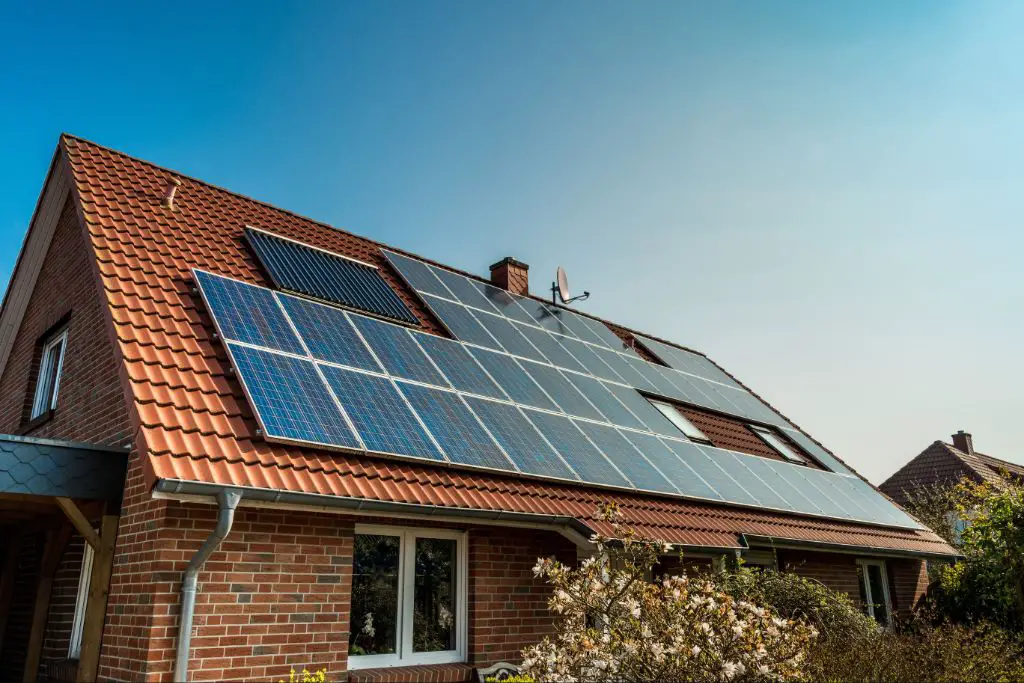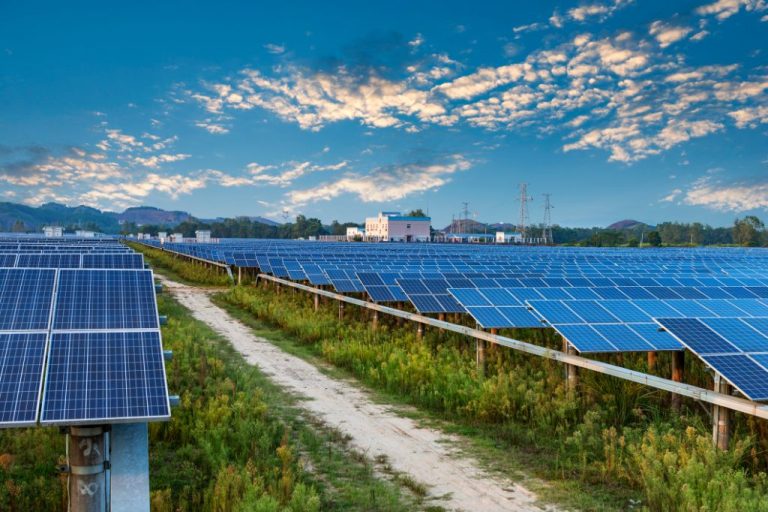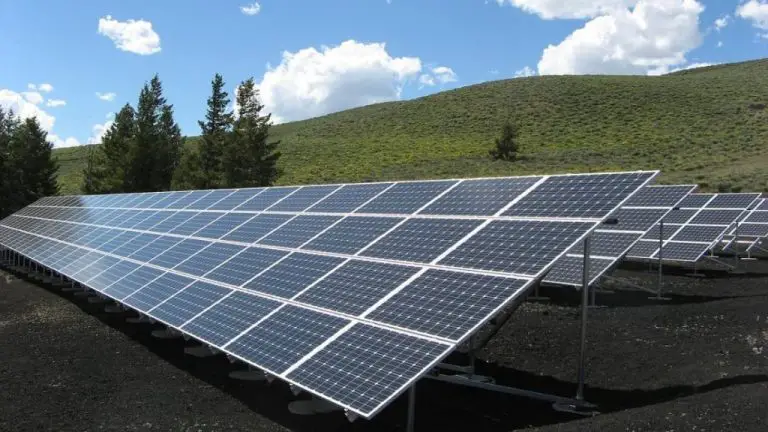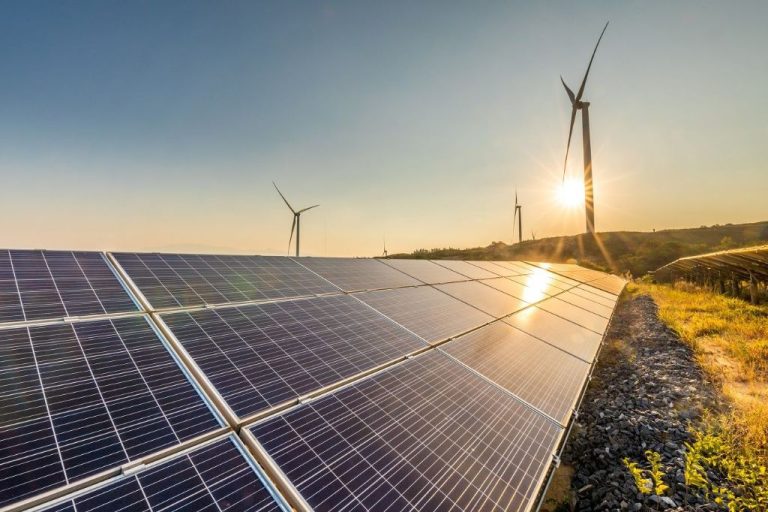Where Should Solar Panels Be Used?

Solar panels are devices that convert sunlight into electricity using the photovoltaic effect. They are made up of photovoltaic cells that absorb photons from sunlight and release electrons, generating an electric current (SEIA, 2023). The popularity and demand for solar panels has skyrocketed in recent years as prices have fallen dramatically and climate change concerns have increased. According to SEIA (2023), the U.S. solar market grew at a record pace in 2021, installing 23.9 gigawatts of solar photovoltaic capacity, a 46% increase over 2020.
Homes
Solar panels can be an excellent addition for homeowners looking to reduce their electricity costs and environmental impact. Depending on factors like roof angle, direction, and local weather, studies show that the average homeowner can save around $25,000 to $33,000 on electricity bills over the lifetime of a solar system. The payback period for a home solar system is usually between 5-7 years.
South-facing roofs at a 30-45 degree angle are ideal for solar in the northern hemisphere. Panels can still work on east/west-facing roofs but may produce 10-25% less energy. Home solar works best in areas with high electricity rates and plenty of sunshine. The main drawbacks are the upfront cost of the system, and any HOA rules that prohibit solar panel installations.
Overall, home solar panels offer an effective way to lock in lower energy rates for decades while insulating homeowners from utility rate hikes. The federal solar tax credit also helps offset 26% of system costs. For environmentally-conscious homeowners with the right conditions, solar panels can provide reliable energy savings and independence.
Businesses
Installing solar panels can be a great option for many businesses to offset their operating costs. There are several key benefits for businesses:
According to the U.S. Department of Energy, businesses that install solar photovoltaic systems are eligible for a 26% federal investment tax credit. This can significantly offset the upfront costs of a solar installation.
Solar panels allow businesses to lock in lower, fixed electricity rates for the lifespan of the solar system, insulating them from utility rate hikes. This helps businesses better predict and control their energy costs.
For companies with large physical footprints or campuses, installing solar panels can utilize previously unused roof or land space to generate on-site renewable energy. This avoids having to purchase additional off-site land.
However, the size and layout of the business will determine if they have enough usable space for solar panels to sufficiently meet their energy needs. Industrial businesses with large electricity demands may need more roof space than is available.
The upfront investment for a sizable commercial solar system can be steep and represent a notable capital expenditure. However, solar financing options are available, and the long-term energy savings typically offset the initial costs.
Overall, solar power can be a smart long-term investment for many businesses, allowing them to reinvest energy savings into their core operations.
Utilities
Utility-scale solar farms are large solar power plants that feed generated electricity directly into the utility grid. Typically 10 megawatts or greater, utility solar farms can cover hundreds or thousands of acres (The 15 Largest Solar Farms in the World 2024). The primary benefit of utility-scale solar is cost savings from economies of scale. Massive solar farms can generate electricity at lower costs per kilowatt-hour compared to residential rooftop solar. Utility solar projects also help utilities meet renewable energy targets and reduce dependence on fossil fuels.
While requiring significant land, solar farms are typically sited on marginal lands unsuitable for other development. The modular nature of solar panels also allows dual-use applications where grazing or crops can coexist. Constructing solar farms near existing transmission lines further minimizes environmental impact. Large scale solar enables utilities to provide carbon-free electricity to customers at affordable rates.
Vehicles
Solar panels are increasingly being used to power various vehicles, from cars and trucks to RVs, boats, and more. One major application is keeping batteries charged in recreational vehicles like RVs, campers, and boats. Installing solar panels on the roof allows these vehicles to tap into the sun’s energy during the day to charge onboard batteries, providing electricity without having to plug into the grid or run a generator (1). This gives RV and boat owners the freedom to “boondock” or camp off-grid for extended periods. Even while driving, solar helps keep auxiliary and house batteries topped off.
Solar-powered cars aimed at breaking land speed records demonstrate solar’s potential for vehicles. In 2022, the University of New South Wales’ student-built Sunswift 7 set a Guinness World Record by hitting a top speed of 104 km/h and averaging over 1,000 km at 91.84 km/h – all powered solely by the sun (2). Solar-powered prototypes like the Aptera electric car and Lightyear One show solar’s feasibility for production road vehicles in the near future.
Spacecraft, Satellites, and Space Stations
Solar panels play an extremely important role in powering spacecraft, satellites, and space stations orbiting the Earth and exploring our solar system. The zero-gravity environment of space makes solar power an ideal energy source compared to alternatives.
Because there is no air in space, traditional combustion engines cannot be used. Nuclear power is an option but comes with risks and shielding requirements. Solar cells, on the other hand, can directly convert sunlight into electricity through the photovoltaic effect.
The International Space Station, for example, has eight enormous solar array wings covered in solar cells that can generate up to 240 kilowatts of power while exposed to direct sunlight (source). This electricity is vital for powering the ISS’s life support systems, computers, scientific experiments, and more.
Other spacecraft like the satellites that enable modern telecommunications and GPS navigation use compact solar panels that charge batteries to power their electronics. Future missions to explore Mars and beyond will also leverage solar power through advanced ultra-lightweight arrays.
In the harsh environment of space, solar provides a practical, renewable energy source. Panels on satellites and space stations will continue playing an indispensable role in exploration and scientific discovery.
Off-grid Uses
Solar panels can be extremely useful in locations where access to the electrical grid is limited or unavailable, such as remote cabins, sheds, RVs, boats, and off-grid tiny homes. Off-grid solar systems allow these structures to generate their own electricity from the sun’s rays. According to research, off-grid home solar systems can cost around $45,000 to $65,000 — significantly more than traditional grid-tied panels.1
An off-grid solar system includes solar panels, batteries for energy storage, a charge controller, and an inverter. Batteries are a major cost factor since energy storage is critical when not connected to the grid. Location also impacts cost, with systems in places like California costing more due to factors like permitting requirements.2
While more expensive upfront, off-grid solar systems can save money long-term by eliminating electric bills. They allow for independence and reliability for structures located far from utility lines. Though solar panels have limits, they can still generate power during outages that knock out the grid. For buildings with no existing electrical infrastructure, off-grid solar presents an eco-friendly way to power lighting, appliances and electronics solely from the sun.
Agriculture
Solar power can provide significant benefits for agricultural operations such as farms and ranches. One key use is powering water pumps and irrigation systems. Studies show that financing solar water pumps brings major cost savings and increased yields for farmers (https://www.cgap.org/blog/savings-pump-financing-solar-irrigation-support-rural-women). Solar pumps provide a reliable, sustainable water source and help farmers irrigate efficiently, boosting productivity (https://energy5.com/solar-powered-irrigation-a-game-changer-for-efficient-water-utilization-in-farming). Over time, solar-powered irrigation systems can save farmers money compared to fuel or grid-powered options (https://mazeros.com/irrigation-on-a-budget-how-solar-systems-can-save-you-money-in-the-long-run-as-a-farmer/).
Solar energy can also power fencing, lighting, and other electrical needs on farms and ranches. Solar-charged fence chargers provide reliable power to keep animals contained. Solar lighting illuminates barns, equipment sheds, and work areas at night. Remote agriculture operations can utilize off-grid solar power solutions to operate efficiently without connection to the electrical grid.
Limitations
While solar power offers many benefits, there are some limitations to be aware of when considering solar panel installation. Two key factors that impact solar production are weather and latitude.
Solar panels are less efficient on cloudy days and at night when there is no sunlight. According to SolarReviews, panels typically produce 10-25% of their normal output on overcast days (source). Areas with frequent cloud cover and storms will see lower overall solar production. However, even the cloudiest cities in the U.S. can still benefit from solar power generation (source).
Latitude also impacts solar production, with areas closer to the equator receiving more sunlight. Solar panels are still viable further from the equator, but may require more panels to achieve the same output. Even in less sunny states, solar can be cost-effective (source).
Insufficient roof area can also limit solar installation size and energy generation potential. Not all homes have enough unshaded south-facing roof space for an adequately sized system. Upfront costs are another hurdle, but incentives and financing options are making solar more accessible.
Conclusion
In summary, the best uses for solar panels are on homes, businesses, utilities, vehicles, spacecrafts, and for off-grid applications like remote cabins or agriculture. Solar panels work well in sunny, open areas without large obstructions like tall buildings or trees. They can provide clean, renewable energy and cost savings on electricity bills when installed properly. Though historically expensive, costs have come down dramatically, making solar energy economical for more consumers.
The solar industry is expected to continue strong growth in the coming years. According to the Solar Energy Industries Association (SEIA), the United States is forecasted to add a record 33 gigawatts of solar capacity in 2023, more than double the amount added in 2020 https://www.seia.org/us-solar-market-insight. As costs fall further and storage capabilities improve, we will likely see solar panels become even more widespread on homes and businesses across the nation.




